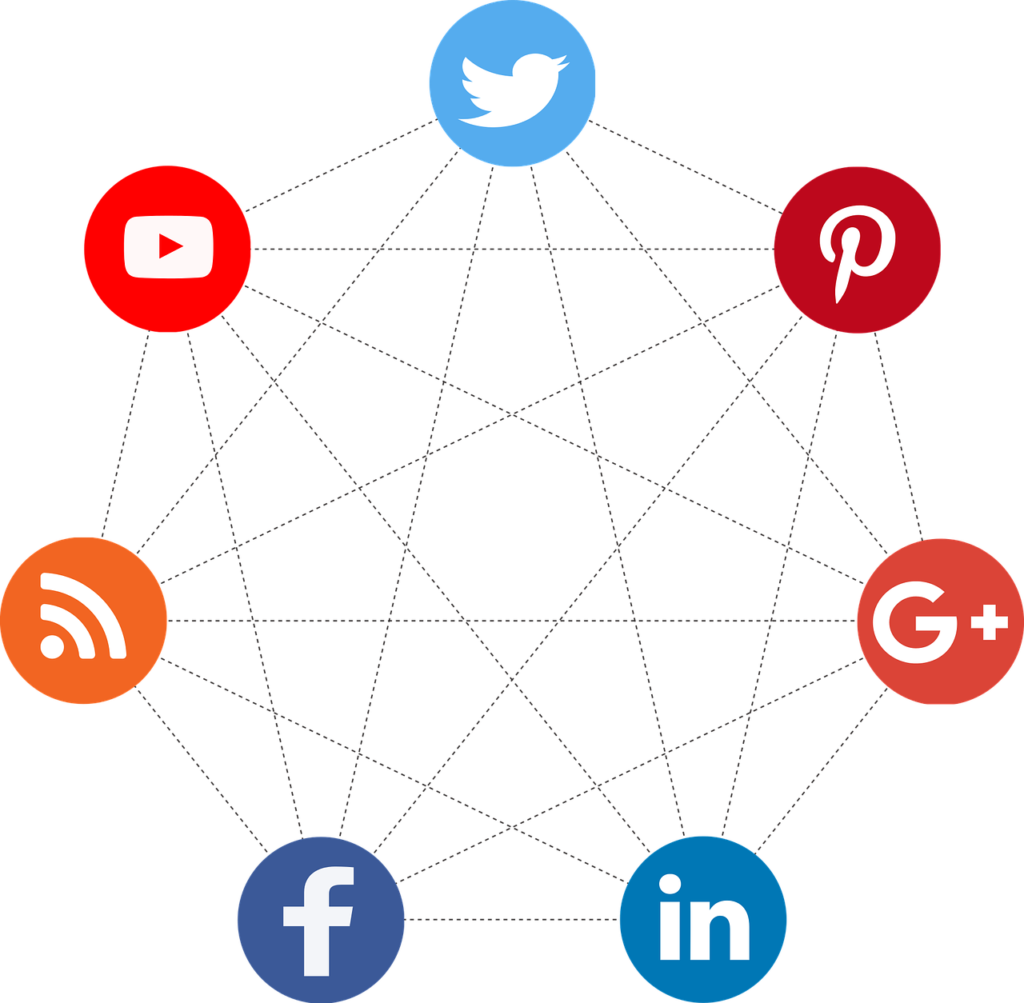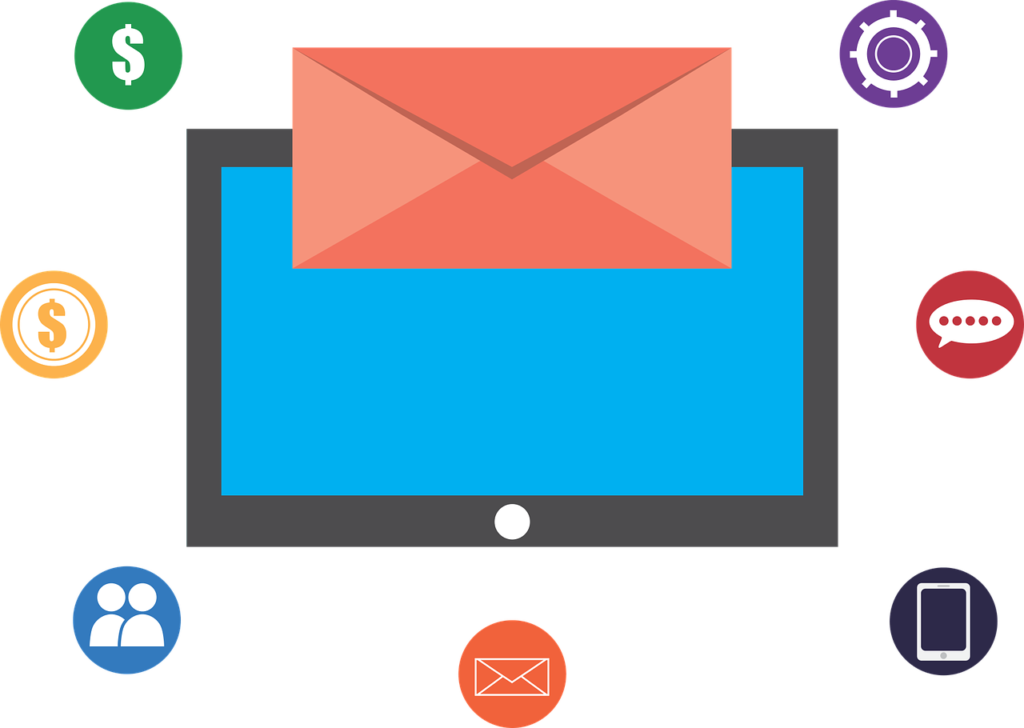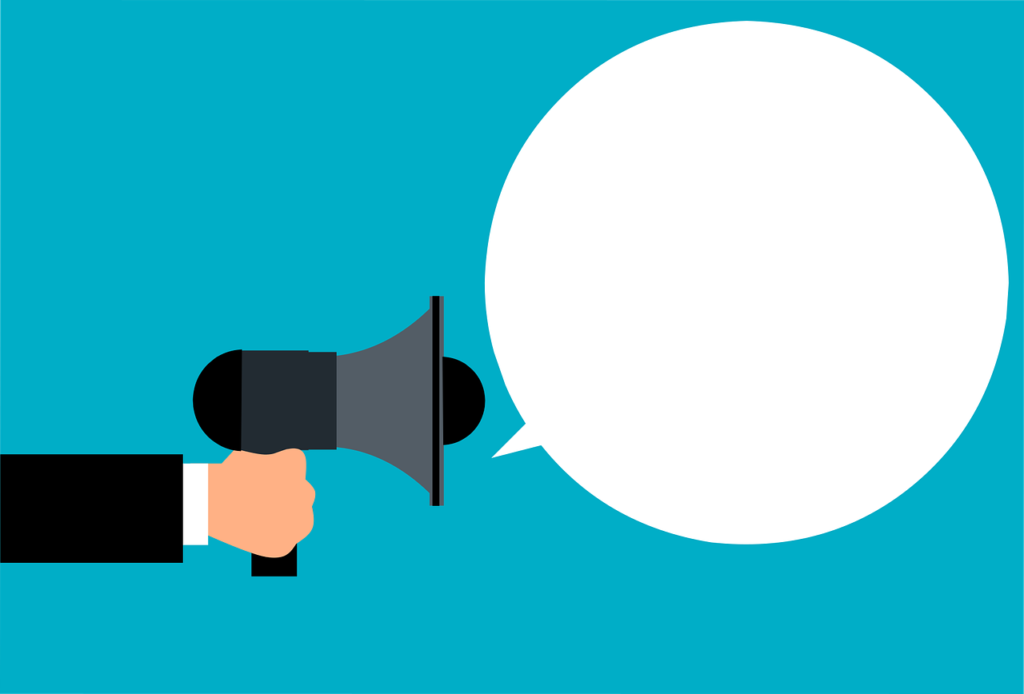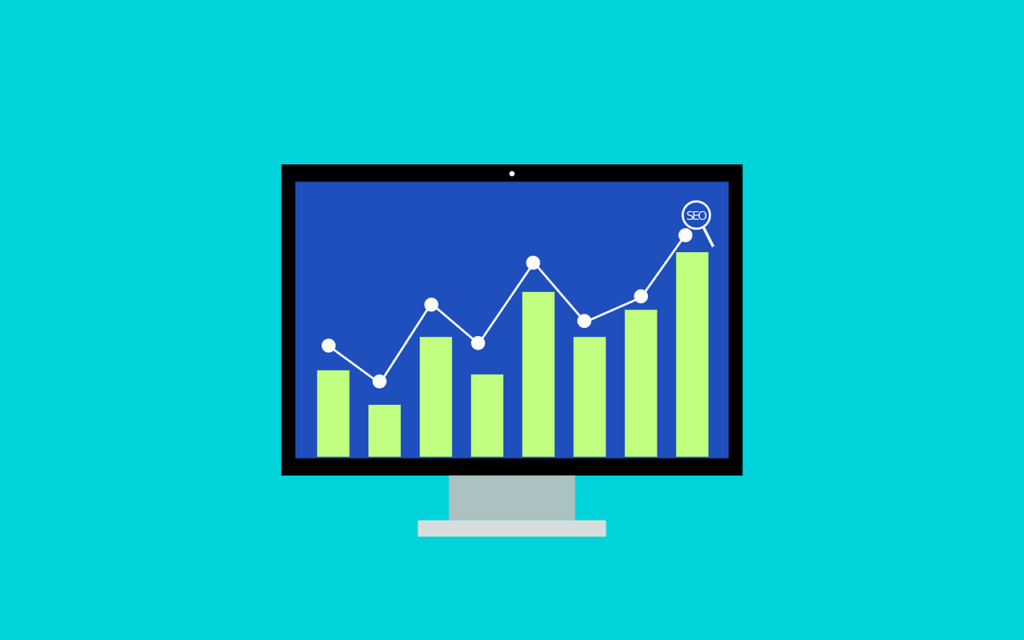In today’s digital age, providing customers with a seamless web-to-app experience is more important than ever.
Using Web to App Connect, you can quickly identify which deep links to implement based on revenue impact and track where your customers are converting. With this valuable insight, you can create a more loyal customer base and boost your business’ bottom line.
What is web to app connections, and how do they work?
One of the most recent features in Google Ads is web-to-app connections.
This allows you to connect your website with your mobile app so that users can easily move from one to the other. This is especially useful for driving loyalty, as it allows users to access your app from your website easily.
Web to app connections works by allowing users to click on a button or ad from your website and be taken directly to your app. This is done through a process called deep linking.
What is deep linking?
Deep linking is when a URL links to a specific page or piece of content within an app rather than just the home page.
For example, let’s say you have a travel app that helps users book flights and hotels. A user could be browsing your website and see an ad for your app that says, “Book Your Next Vacation on our App.”
If they click on the ad, they will be taken directly to the booking page within your app. This makes it much easier for them to complete their desired task and increases the likelihood that they’ll continue using your app.
How to Use Web to App Connections
There are a few different ways you can use web-to-app connections to drive loyalty among your users.
The first way is by using them in your ads. As we mentioned, you can create an ad that links directly to your app. This is a great way to increase your app’s downloads and encourage existing users to continue using it.
Another way you can use the web feature will be by adding a button on your website that links to your app. This could be placed in the header or footer of your site or even on specific pages where it would be most relevant.
For example, if you have a blog post about using your app, you could include a “Read this on our App” button at the end of the post.
You can also use web-to-app connections in email campaigns. You can include a link in your email signature or even create a dedicated email campaign that promotes your app and includes a link directly to it. This is a great way to increase downloads of your app amongst email subscribers who may not be using it yet.
Finally, you can use web application connections in push notifications. This allows you to send notifications directly from your website to users who have your app installed.
This is a great way to encourage loyalty as it allows you to keep your app top of mind and remind users of its existence even when they’re not using it.
Why use web-to-app connections for Google Ads campaigns?
Web-to-app connections allow marketers to target users who have installed their app and visited specific pages on their website.
Connecting these two platforms, businesses can create targeted ads that are more likely to result in conversions.
For example, a web-to-app connection can be used to target users who have installed a travel app and visited the website for a specific destination. These users are more likely to be interested in booking a trip and are, therefore, more likely to convert.
In addition, web-to-app connections can be used to track the user journey from the web to the app and understand which ads are most effective at driving conversions.
How can businesses create web-to-app connections for their Google Ads campaigns?
To create a successful web-to-app connection for Google Ads campaigns, businesses need to start by understanding the customer journey.
What triggers customers to visit your website? What actions do they take while they’re there?
Once you clearly understand the customer journey, you can start thinking about using web-to-app connections to improve the customer experience.
Do you want to make it easier for customers to find your app? Or perhaps you want to encourage customers to use your app instead of your website.
Creating a well-designed web-to-app connection can help you achieve your objectives. By understanding the customer journey and using web-to-app connections wisely, businesses can create a more seamless and convenient experience for their customers – and ultimately boost their bottom line.
What are the benefits of using web-to-app connections for Google Ads campaigns?
Google Ads campaigns that utilize web-to-app connections can see several benefits.
First, web-to-app connections allow marketers to show their ads to users already using their app. This means that marketers can reach their target audience with a higher degree of precision, leading to increased ROI.
Additionally, web-to-app connections can lead to increased engagement and conversions, as users are more likely to click on an ad that is relevant to their interests.
Finally, web-to-app connections can also help foster brand loyalty, as users with a positive experience with an app are more likely to continue using it in the future.
Overall, web-to-app connections offer many advantages for both marketers and users alike.
How can businesses measure the success of their web-to-app connection campaigns?
To measure the success of your web-to-app connection campaigns, businesses should track a number of critical metrics.
The first is conversion rate: how many users who click on the ad or link install and use the app? This number can be tracked using analytics tools such as Google Analytics or Flurry.
Businesses should also track engagement rates: how often users return to the app and use it daily or weekly.
Finally, businesses should track App Store ratings and reviews, as this is a good indicator of user satisfaction.
By tracking these metrics, businesses can see how their web-to-app connection campaign performs and make necessary adjustments to improve results.
Conclusion
Web-to-app connections can be a powerful tool for businesses to improve their Google Ads campaigns.
By understanding the customer journey and using web-to-app connections wisely, businesses can create a more seamless and convenient experience for their customers – and ultimately boost their bottom line.
If you are considering using web-to-app connections for your Google Ads campaigns, we suggest you track the following key metrics: conversion rate, engagement rate, and App Store ratings and reviews. Doing so will help you measure the success of your campaign and make necessary adjustments to improve results.
Do you have experience using web-to-app connections for Google Ads campaigns? Let us know in the comments below.
About The Author
Rehj
With over 15 years of experience in copywriting, Rehj has established a reputation as a highly skilled and talented wordsmith. Rehj has honed their craft throughout her career, consistently producing top-quality content for various audiences and industries.
Her ability to understand their target audience, craft compelling narratives, and write in a style that resonates with their audience has made them a sought-after copywriter in their field. Rehj’s passion for writing and commitment to producing top-notch content has driven their success and established them as a trusted voice in copywriting.








